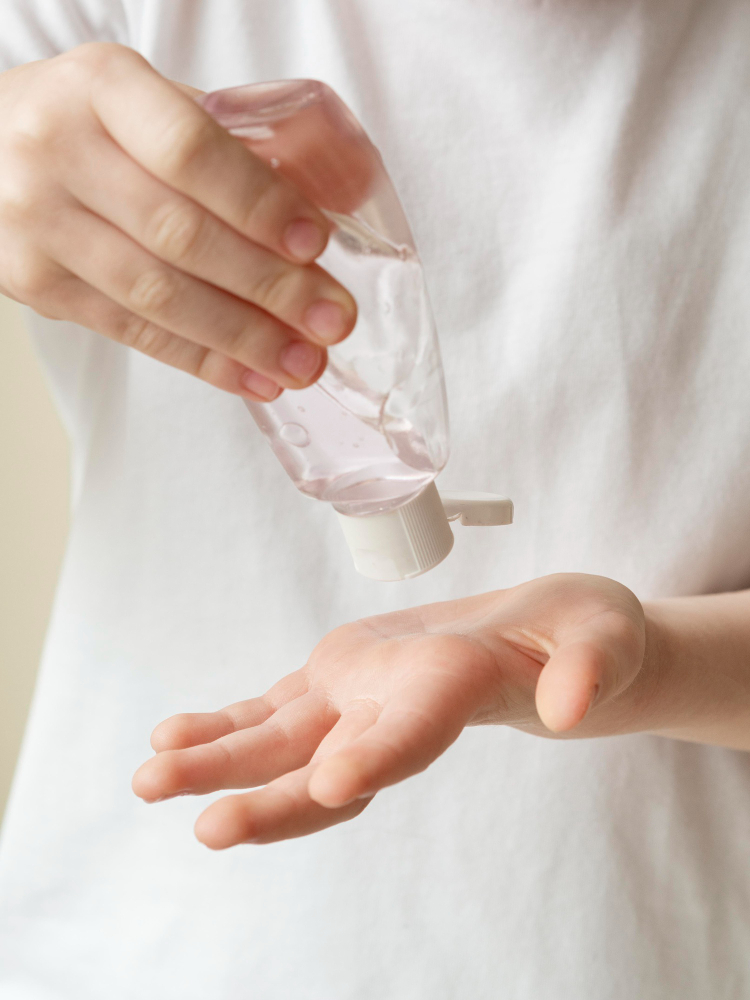
When discussing children’s physical health, the functions of the spleen and stomach play a crucial role. Today, we will further examine how inadequate spleen and stomach function can impact children’s well-being.
Reflecting on our previous topic, we noted that poor feeding habits can diminish a child’s spleen and stomach function, which in turn reduces their digestive ability. Indigestion can cause food to remain in the stomach longer than it should, creating internal heat and leading to a constitution that is susceptible to heat accumulation. Today, we will explore another vital role of the spleen and stomach—regulating the body’s water balance—and how dysfunction in this area can affect a child’s body constitution.

In traditional Chinese medicine (TCM), the spleen and stomach are regarded as the “foundation of postnatal health.” They not only transform food into essential nutrients but also assist in eliminating excess water from the body, a process known as “fluid metabolism.” When spleen and stomach function is compromised, the body struggles to efficiently remove excess fluid, resulting in fluid retention, which can adversely affect health. This condition is often referred to as “dampness,” which can be classified into two types: dampness from external environmental factors and dampness due to internal functional imbalances.
Sources and Manifestations of Dampness

1. External Dampness
External dampness typically arises from prolonged exposure to humid conditions, residing in damp environments, or frequent wetness from rain or water activities. This type of dampness can enter the body through the skin, breathing, or other means, leading to various discomforts.

2. Internal Dampness
Internal dampness occurs when the spleen and stomach’s ability to “digest” food and “regulate water” is compromised, resulting in water retention within the body. If a child’s spleen and stomach are weak and unable to process water effectively, internal dampness can build up. This may present as a heavy feeling in the body, fatigue, poor appetite, and a thick, greasy coating on the tongue.
Why Does Weak Spleen and Stomach Function Increase Dampness?
Children with weak spleen and stomach function find it challenging to maintain internal fluid balance, leading to fluid accumulation. Additionally, these children are more susceptible to external dampness due to their weakened immunity, making them more vulnerable to environmental influences.
The Relationship Between Spleen and Lung Functions
From a holistic health perspective, the functions of the spleen and stomach are closely linked to the immune system. According to TCM theory, the health of the spleen directly impacts the lungs. If the spleen and stomach are weak, lung function may also decline, resulting in weakened immunity and an increased likelihood of catching colds or being affected by external dampness.

Characteristics of Damp-Stagnation Constitution
| Definition |
|
| Formation factor |
|
| Physical characteristics |
|
| Daily physical condition |
|
| Dietary habits |
|
| Characteristics of growth and development |
|
| Impact of the external environment to the body |
|
| The impact of disease progression after infection |
|
Daily Wellness Routine
A. Dietary Adjustments
- Reduced on foods that are high in fat, sugar, and strong flavors to ease the strain on the spleen and stomach.

- Avoid consuming spicy and warm-natured foods like chives, ginger, chili, and pepper, along with hotpot, fried, and grilled dishes.

- Add suitable amounts of ingredients like Barley, mung beans, red beans, and celery to your daily meals, as these can help eliminate excess moisture from the body while boosting the digestive and absorptive capabilities of the spleen and stomach.
B. Acupoint Massage

Spleen Meridian Massage is a traditional Chinese pediatric technique designed to gently support children’s spleen and stomach functions, enhance digestion and absorption, and strengthen immunity. By activating specific meridians and acupoints, it effectively addresses issues like spleen and stomach weakness and indigestion. This method is particularly beneficial for children with delicate constitutions, those prone to food retention, or experiencing excessive dampness.
Methods to perform Spleen Meridian Massage:
1. Location
~ The spleen meridian runs along the radial side of the thumb the tip to the base near the thenar eminence.
2. Specific Technique
~Direction: Massage from the tip of the thumb towards its base.
~Pressure: Apply moderate pressure, ensuring the child is comfortable. The skin should feel slightly warm post-massage.
~Repetitions: Aim for 300–500 strokes, adjusting according to the child’s needs.
3. Tools
~Before starting, parents can use a small amount of baby oil or talcum powder on their fingers to minimize friction on the child’s skin.

Precaution
1. Consistency is Key
Regular practice is essential. Aim to perform the massage 1–2 times daily, with each session lasting 5–10 minutes for the best results.
2. Avoid Massaging on a Full Stomach
Refrain from massaging within an hour after meals to avoid interfering with digestion.
3. Pause During Illness
If the child experiences fever, severe abdominal pain, or significant indigestion, stop the massage and seek medical advice promptly.
此文章还有以下语言版本:
![]() 简体中文 (Chinese (Simplified))
简体中文 (Chinese (Simplified))



